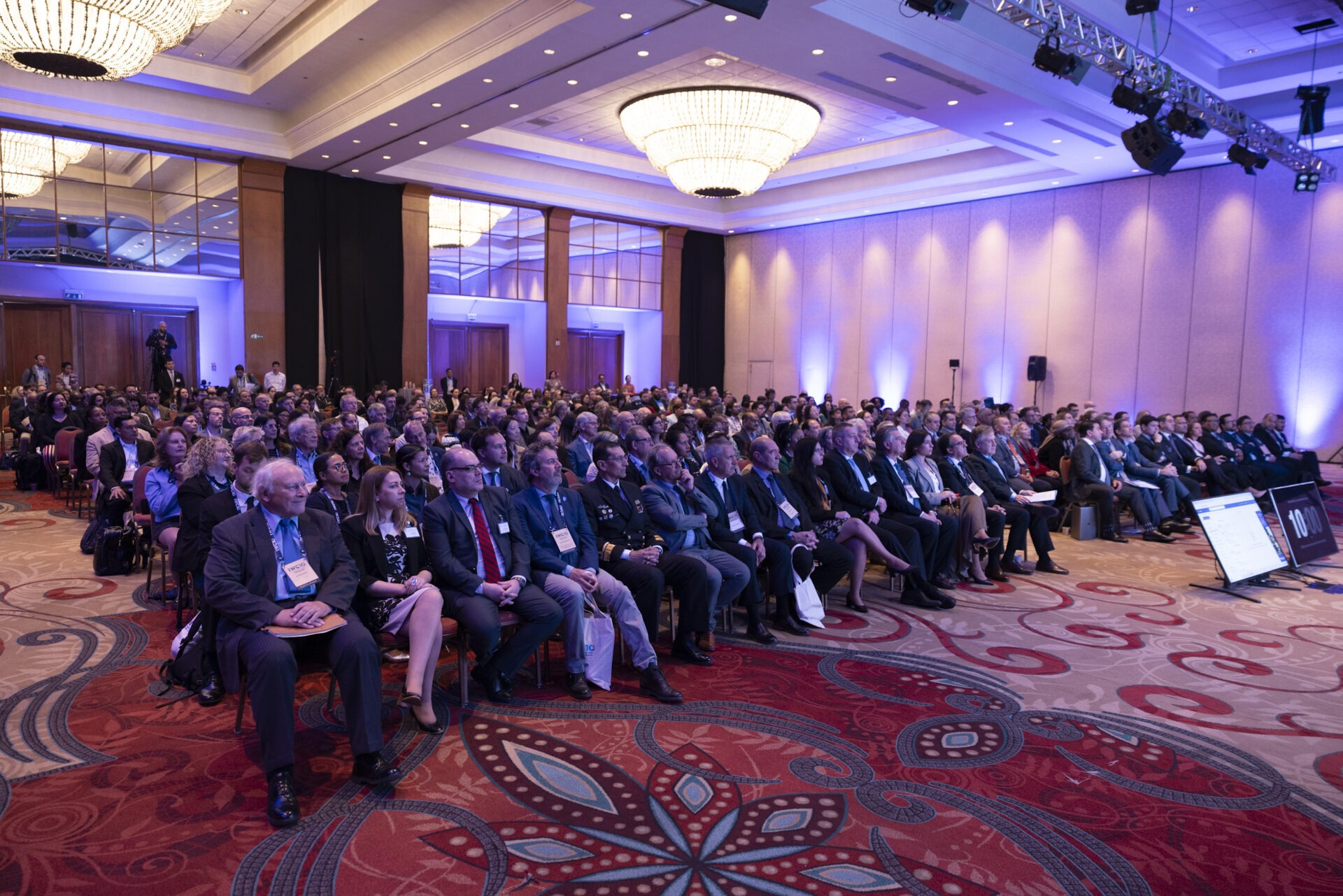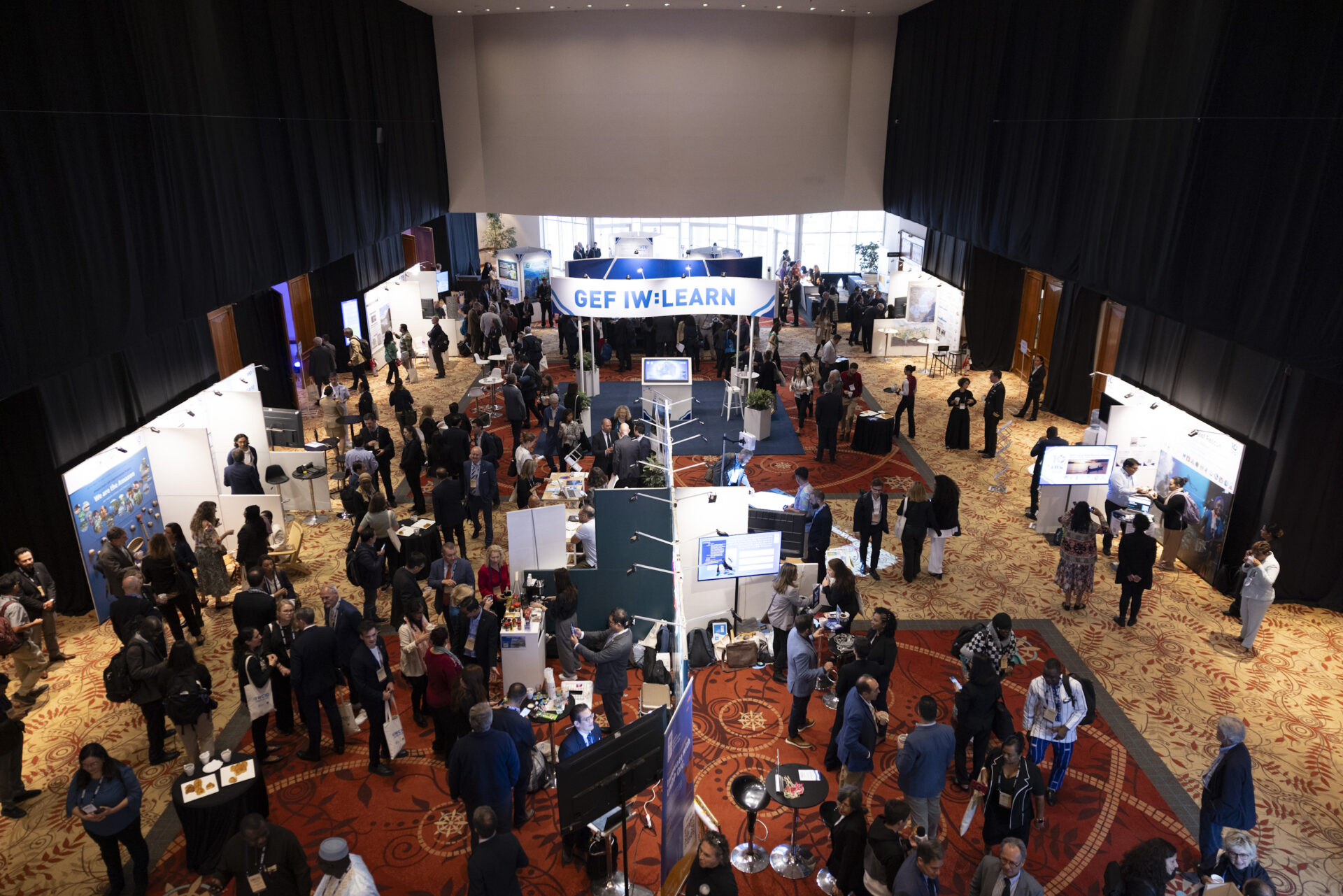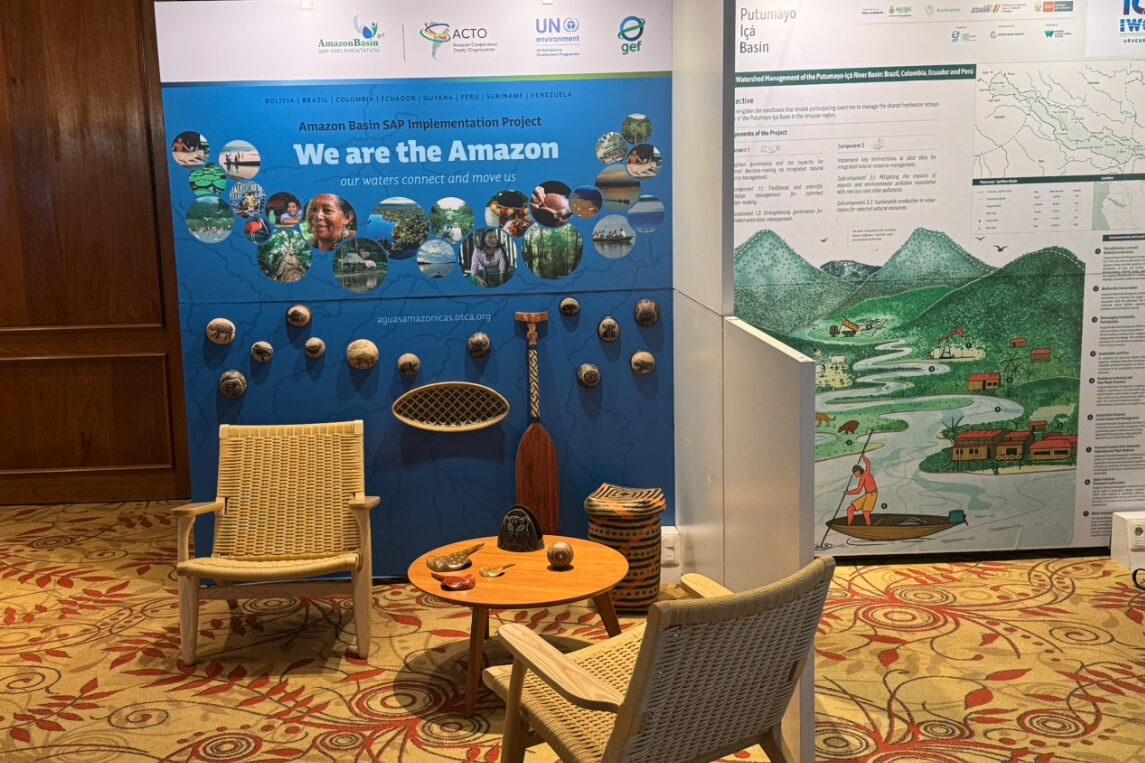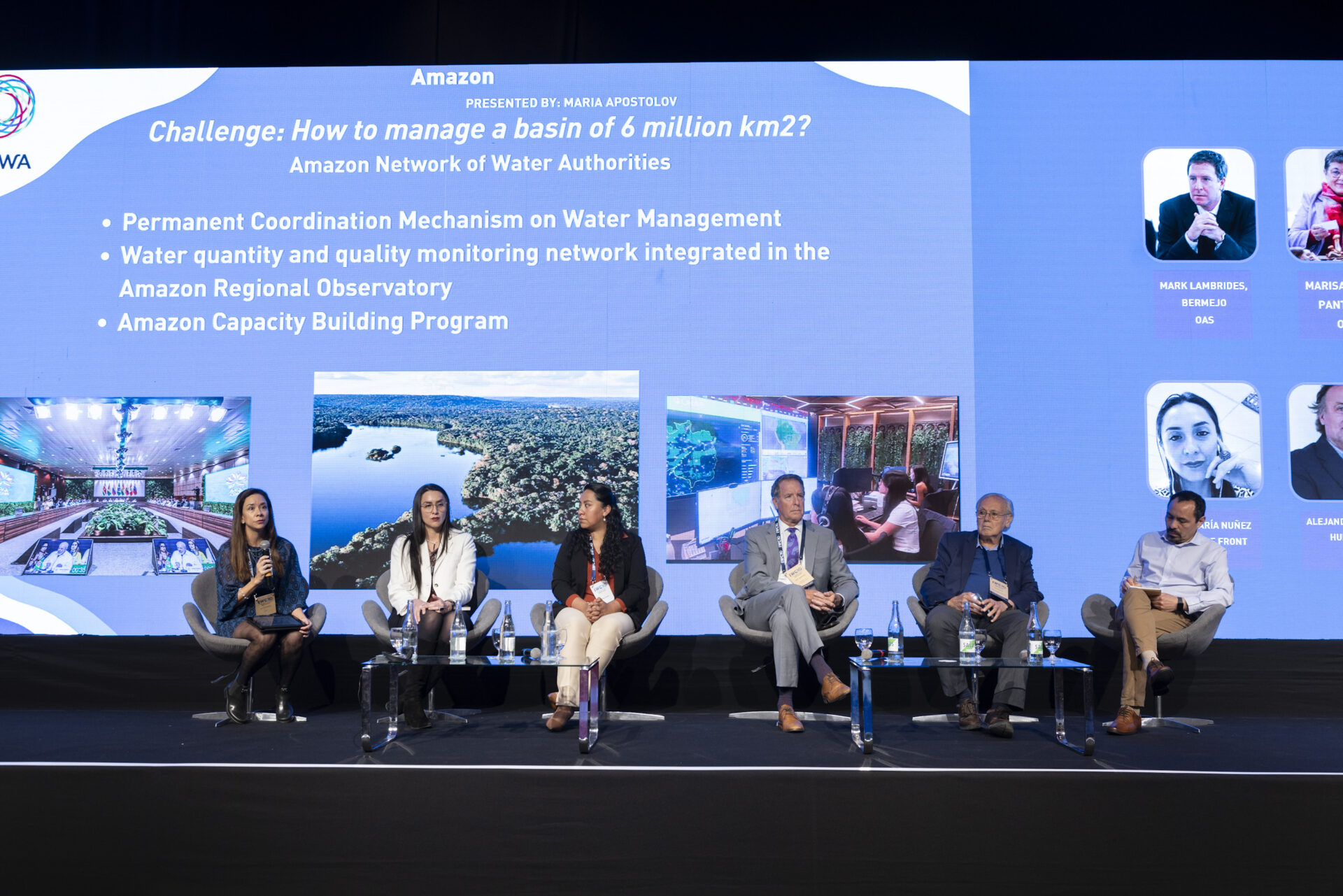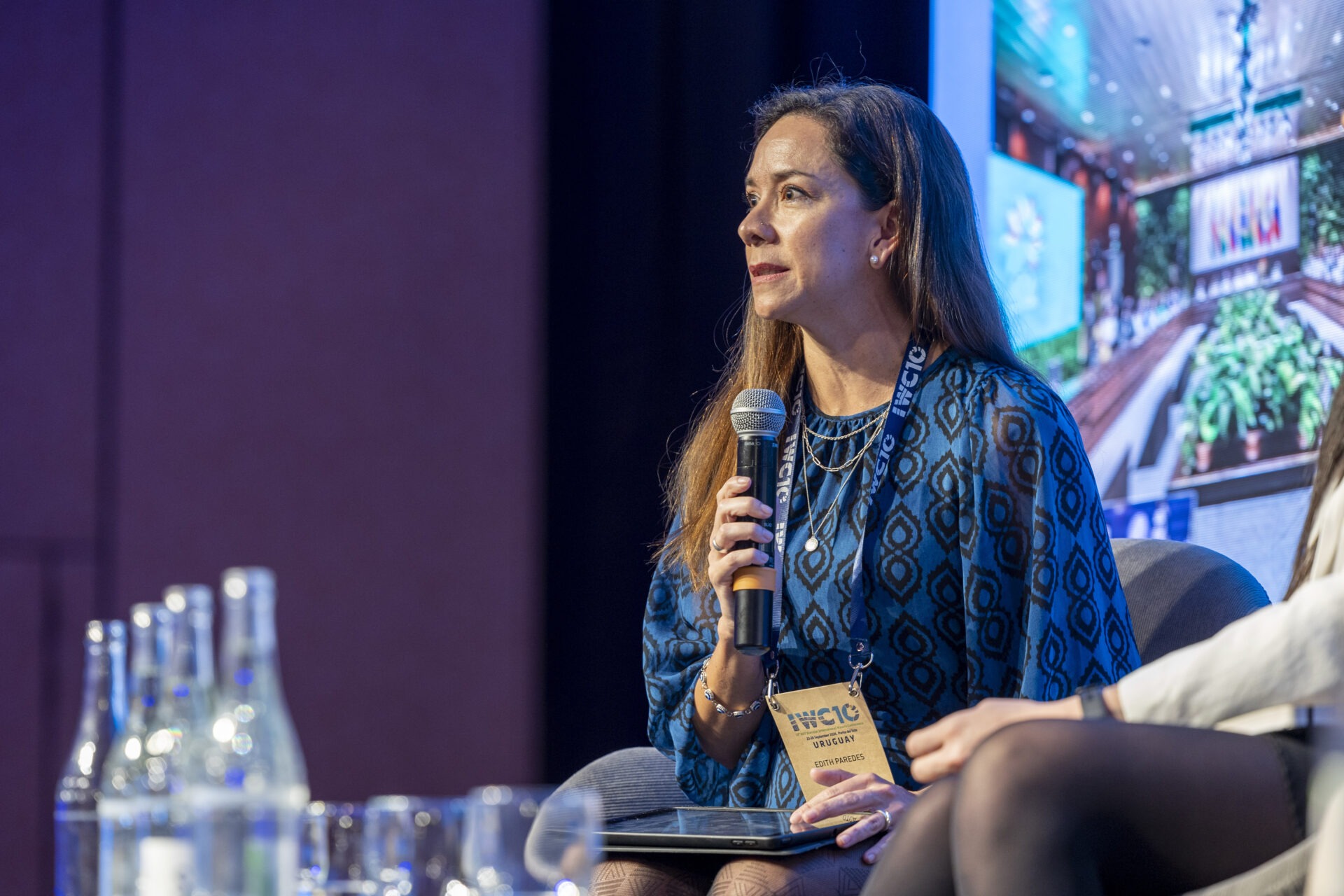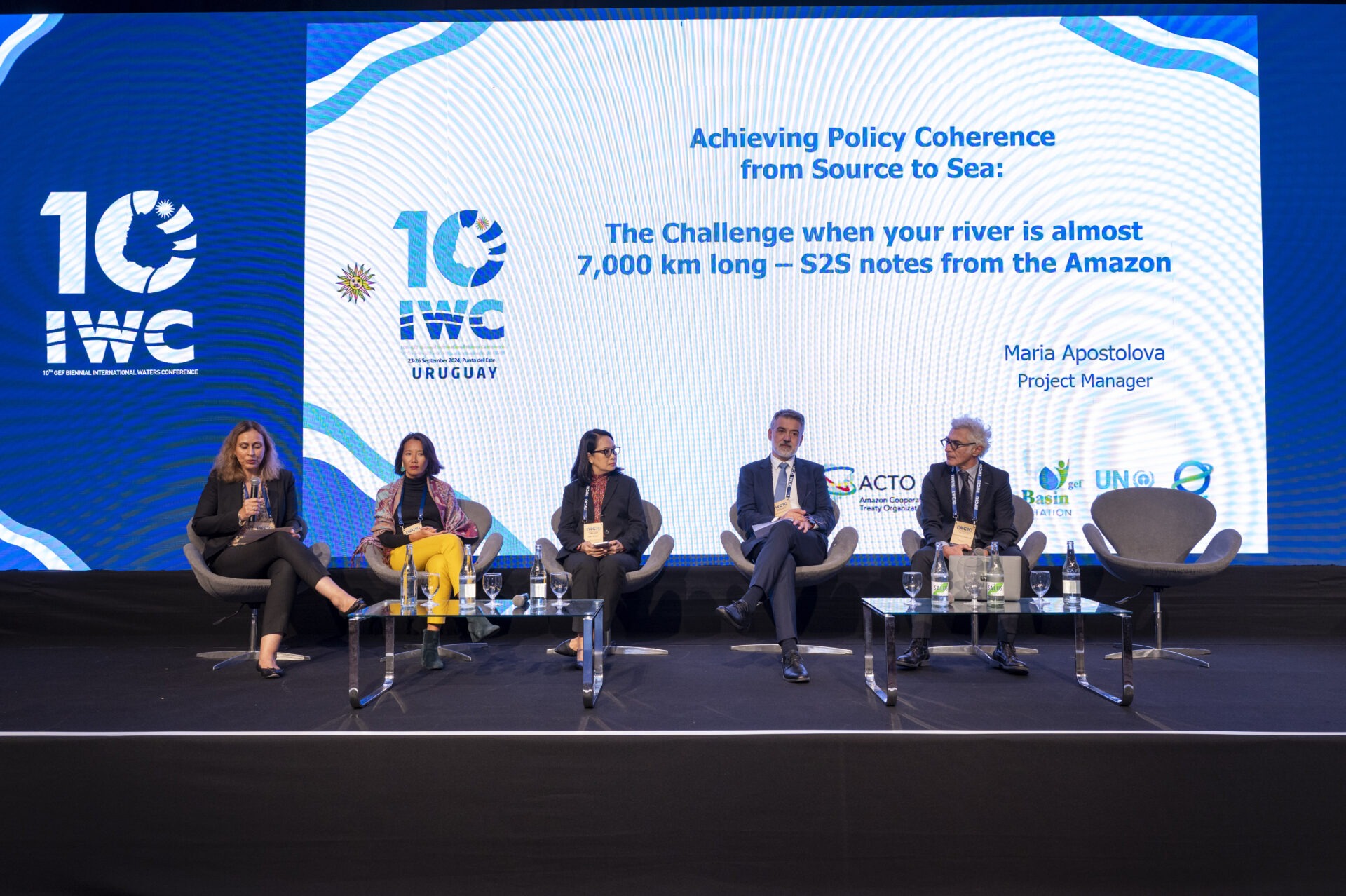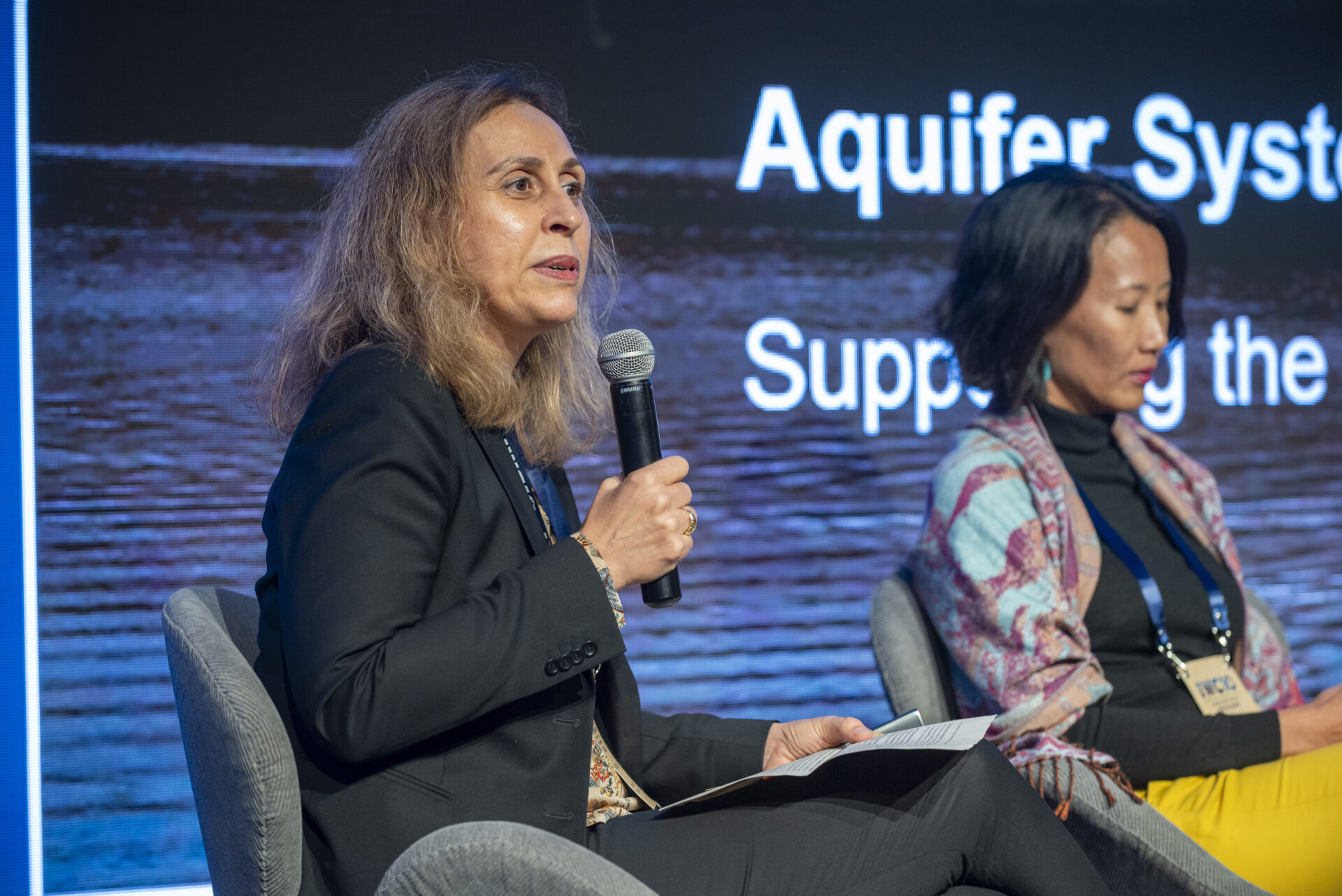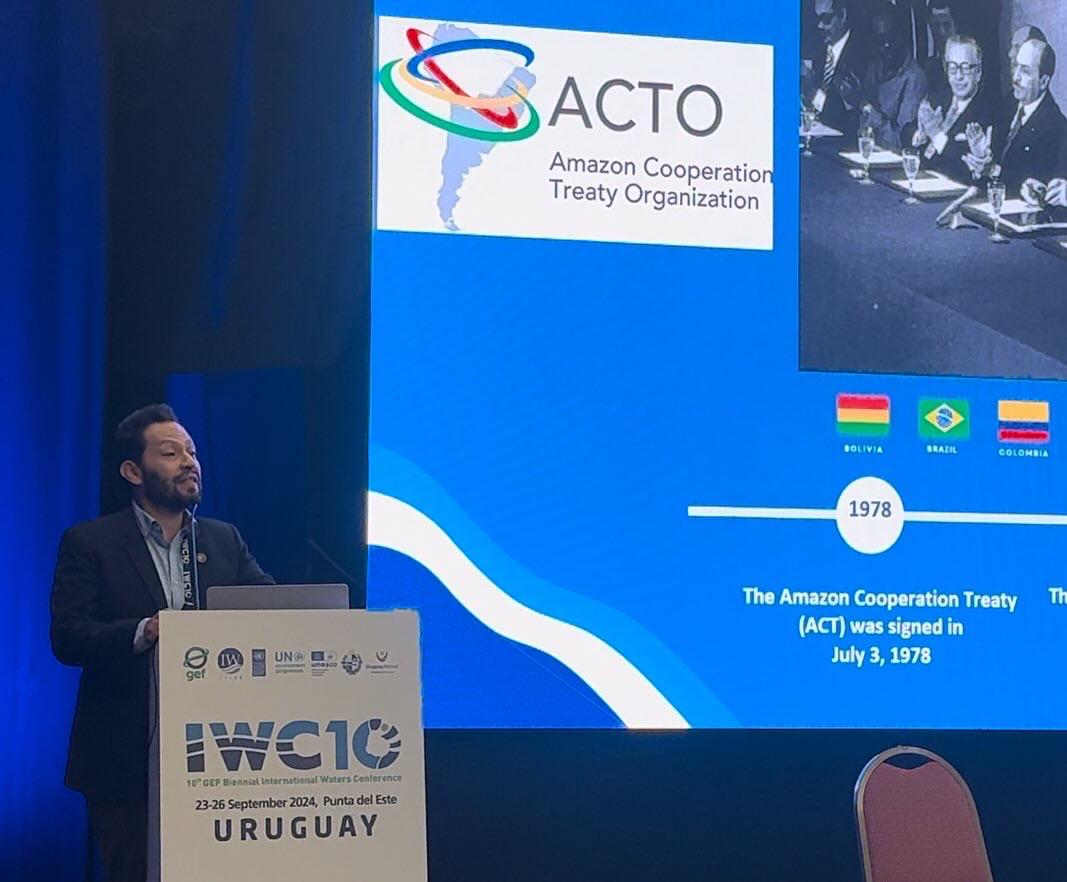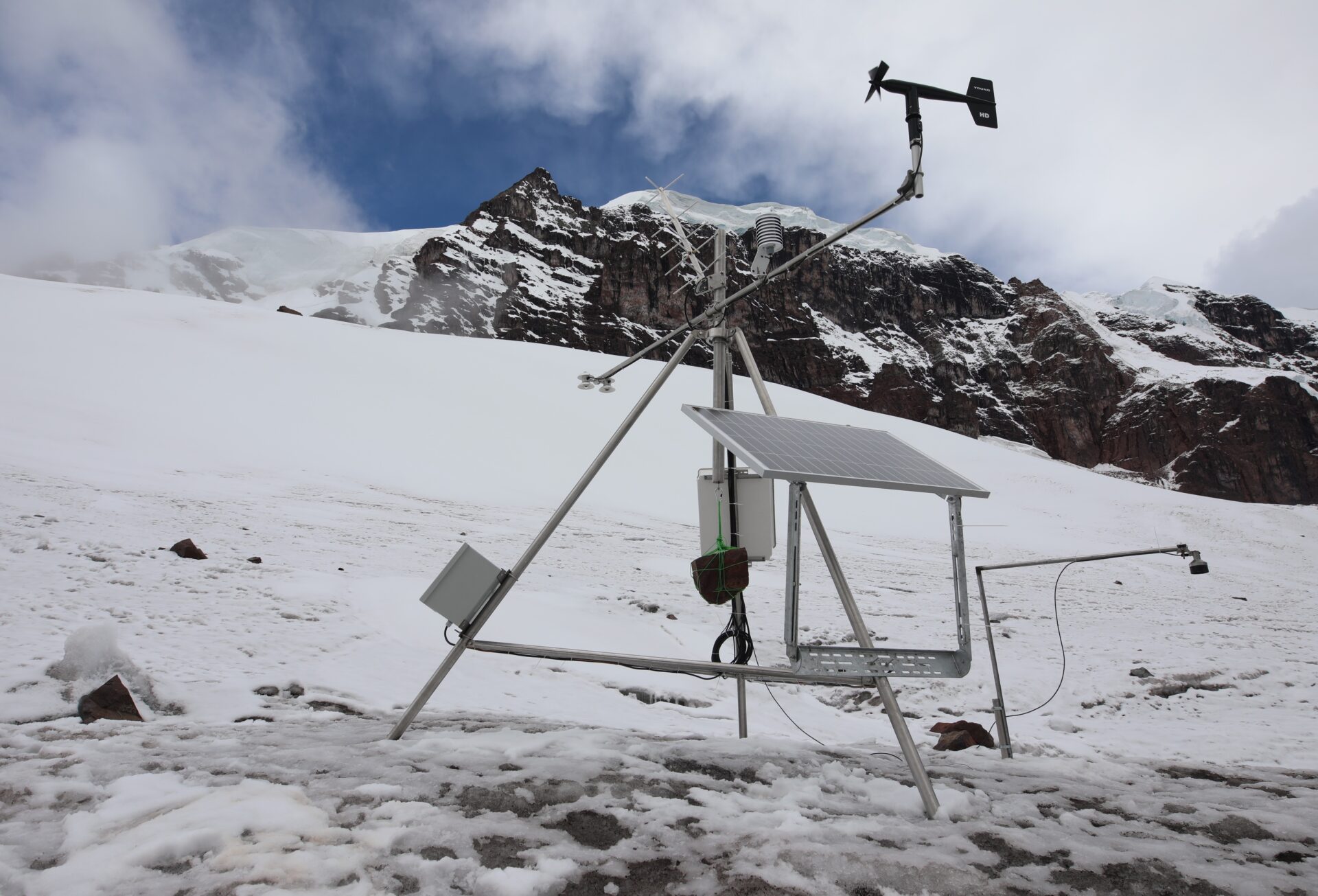The actions to strengthen the integrated and cooperative management of Amazonian waters, which are being implemented in the eight Member Countries of the Amazon Cooperation Treaty Organization (ACTO), were highlighted at the 10th International Waters Biennial Conference of the Global Environment Facility (GEF). Held in Punta del Este, Uruguay, from September 23 to 26, the conference brought together over 300 representatives of transboundary basin and large marine ecosystem projects to address global sustainability challenges related to rivers, aquifers, and oceans.
With the theme “Transformative Actions and Impacts for SDGs Related to Water and Oceans,” the event showcased the impact promoted by GEF in 157 countries over the past 30 years through the financing of 470 projects related to oceans and freshwater, including the Amazon Basin Project, which implements the Strategic Action Program for Integrated Water Resources Management (SAP) in the Amazon Basin, executed by ACTO and implemented by the United Nations Environment Program (UNEP).
The history and achievements of the Amazon Basin Project, which refer to a Shared Vision of the eight ACTO countries on the sustainable management of Amazonian water resources and a Transboundary Diagnostic Analysis (TDA), were presented in workshops, interactive sessions, and discussion panels. Additionally, the project had a demonstration booth in the conference’s Exhibition Hall, displaying the slogan “We are the Amazon. Our waters move and connect us.” The Amazon Basin Project also promoted its actions and activities through videos shown at the Film Festival and on GEF’s interactive digital story map.
For Edith Paredes, Administrative Director of ACTO, who participated in the GEF conference with a talk on the implementation of the SAP in the Amazon, the importance of participating in events like these is to show what the organization is doing in the field of integrated water resources management (IWRM) in the region, with the support of the presidents, the foreign ministers and the water authorities of the Member Countries. It is also an opportunity to create new investment opportunities in sustainability projects for the Amazon.
“Establishing new ties and partnerships with the aim of strengthening ACTO’s work in terms of IWRM and other forms of sustainability for the Amazon Region is of vital importance, and events like this provide such opportunities. Here, new models for project financing implementation, new technologies, new innovation support models are on the table, and we want all of this to be translated into benefits for the Amazon and everyone who lives there,” she added.
IWRM Actions in the Amazon Basin
On the morning of the first day of the GEF International Waters Biennial Conference, Director Edith Paredes presented the main activities and achievements of the Amazon Basin Project on the panel on transboundary cooperation, highlighting the experience of the Amazonian Water Authorities Network (ANWA), essential for strengthening IWRM in the Amazon Basin. ANWA was created by the presidents and authorities of the eight ACTO countries during the Amazon Summit (August/2023), with the aim of providing a permanent mechanism for institutional and operational coordination to strengthen the integrated management of the Amazon Basin’s water resources. By promoting cooperation initiatives and the exchange of information and experiences at the scientific, technical, and community levels, ANWA seeks to ensure the human right to water and the revitalization, conservation, and protection of Amazonian springs and ecosystems.
Another important aspect of the Amazon Basin Project – Implementation of the SAP – was highlighted in the interactive session on policies for the “Source-to-Sea approach.” The project’s regional coordinator, Maria Apostolova, highlighted responses to the challenges faced by Amazonian countries in managing the nearly 7,000 kilometers of the Amazon River, from its source in the Peruvian Andes to the Atlantic Ocean.
“The vastness and complexity of the Amazon Basin demand an integrated approach and coherent policies throughout the system, from the source to the sea, to avoid negative impacts and ensure the efficient and effective achievement of the common environmental and water management objectives agreed upon by the countries in the Strategic Action Program (SAP). In this regard, the Source-to-Sea approach in the Amazon Basin is supporting the establishment of an innovative IWRM model based on a better understanding of environmental, social, and economic links and better institutional coordination across sectors and segments along the source-to-sea continuum,” Apostolova explained during her presentation.
The implementation of the SAP in the Amazon Basin was also featured in the workshop promoted by the Inter-American Development Bank (IDB) on innovative tools in water resource management. In his presentation, Fernando Cisneros, Technical Specialist of the Amazon Basin Project, discussed the application of the Nexus modeling tool to the SAP, which will help understand the interactions between the water, energy, and food sectors and the corresponding planning and development challenges in the Amazon Basin, considering climate change.
“We will use the Nexus visual tool in cross-sectoral dialogues so that countries, by entering their information interactively into an analytical platform, can visualize and understand the links between water, energy, and food in the Amazon sub-basins. This way, they will be able to make more comprehensive and robust decisions and plan in a way that avoids conflicts or inconsistencies between sectoral systems and resource use,” he explained.
Related news
Post
28 de November de 2025
Water is the central element through which most of the impacts of climate change manifest themselves: more intense droughts, extreme [...]
Post
27 de November de 2025
Four glaciological, meteorological, and hydrometric monitoring stations have been installed in the Vilcanota and Carabaya mountain ranges in southern Peru [...]
Post
24 de November de 2025
On October 23 and 24, 2025, the Third Meeting of the Ad Hoc Amazon Water Culture Group (GCA) was held [...]


